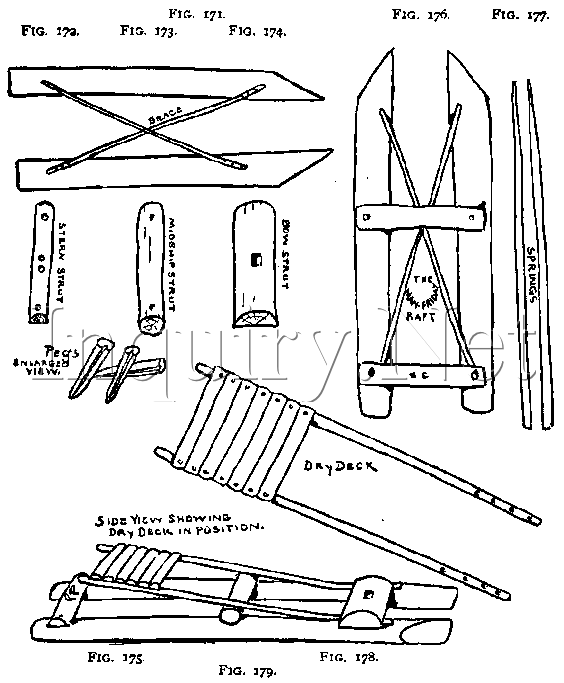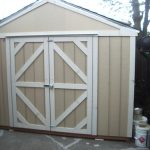There’s just something thrilling about taking to the waters on a raft. What’s even more thrilling is that anyone can go on their own wild river adventure after learning how to build a raft in a few easy steps.
Before one begins to learn how to build a raft, it is important to consider the manner in which the raft is to be used and what weight would be appropriate for this purpose. If one is building a raft for swimming, a bigger, heavier raft would be suited for this. If the raft is to be used on a river, it has to be small and lightweight for easy transportation. Whichever one chooses, the building method would essentially be the same. One should keep in mind that the bigger the length and width that one chooses, the greater the raft’s stability will be.
The logs that will be used to build the raft should be consistent in size and ideally be of the same type of wood. The amount of logs that would be needed will vary depending on the raft’s intended size. A small raft would only require 4 to 5 logs, while building a much bigger one could take as much as 10 to 12 logs.
Laying the logs down side-to-side, they will then be held together by placing two poles above and below (one pole each) the gathered logs, both poles evenly spaced across. Some additional connectors are put up at the same distance in order to cover all of the logs that had been laid down; around 6 to 8 logs would be needed for this. They are then lashed together and their edges clamped to ensure that they will not be moved.
The lashed cross poles will serve as the base for the raft’s elevated platform. So that the platform will hold strong, the edges of the base should be made flat by shaving them. To make the platform, one merely has to screw a sheet of plywood onto the cross poles. The size of the plywood sheet will depend on the size of the raft being built. That is, the bigger the raft, the bigger the plywood one would need.
A couple of strong logs are then cut down and fashioned into steering poles for maneuvering the raft. At this point, the raft is basically complete. It is preferable to build a raft close to the shore so that it can easily be pushed into the water to test out after it has been constructed. Also, it would save one the trouble of carrying a heavy wooden raft around until they can get it afloat.
Once one has learned how to build a raft, all that is left is to take it out on its maiden voyage. But one should always exercise caution; test the raft on calm waters first before taking on raging rivers. And always remember to put on a life jacket for safety.



